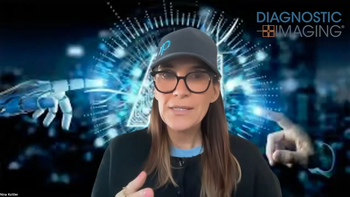
Who’s the Boss?
With so many entities involved in healthcare, just who do radiologists work for?
I was slogging my way through one of my overnight teleradiology shifts when I opened up a trauma case. Immediately, I knew it was a bad one. Not because of the history (the ERs never give a history better than “trauma,” whether the injury is being struck by a ping-pong ball or a freight train). Rather, the sheer number of imaging-studies done on the patient is often a clue…and this individual had around 10 CTs on the worklist.
Sure enough, the very first scan (the head) was pretty bad-subarachnoid blood all over, multiple skull fractures, pneumocephalus, etc. I certainly wasn’t about to wait until I’d read the patient’s other scans before notifying the ER, so I rang them up…and learned that the patient had, in fact, died shortly after leaving the CT area.
I, then, turned to the task of reading out the remaining bundle of cases, but with a nagging sense of pointlessness. Yes, the studies had been done, so some insuring entity would be billed for them, and as teleradiology is a productivity-based affair, I would be earning my keep with each of the reads. But who, really, was I working for? And, in the greater scheme of things, who are we working for even under more cheerful circumstances?
I know I’d like the answer to be that we’re working for the patients we image. They’re the ones in need of help, and by any moral approach I can conceive they’re the ones we should care about. However, other than helpfully providing the bodies which fill our scanners, they tend not to have much input into our affairs. In the vast majority of cases, they’re not giving us our marching orders, they’re not reviewing our handiwork, and they don’t directly pay for the work we’ve done (or know how much was paid in their name).
More realistically, we seem to be working for a whole cast of characters, even those of us who are department heads or running our own practices. Insurance companies, governmental regulators, referring clinicians, professional societies...it could even be said we indirectly work for lawyers, every time we cover our metaphorical rears to minimize the risk of medical malpractice suits. Each boss wants something different from us (sometimes conflicting with one or more other bosses in the list)…and not all of them highly prioritize the best interests of our patients, who should be priority one in all of this.
An oft-quoted line from Homer: “If you serve too many masters, you'll soon suffer.” Trying to keep patients from suffering in the crossfire is an unrecognized service we routinely provide.
Newsletter
Stay at the forefront of radiology with the Diagnostic Imaging newsletter, delivering the latest news, clinical insights, and imaging advancements for today’s radiologists.




























